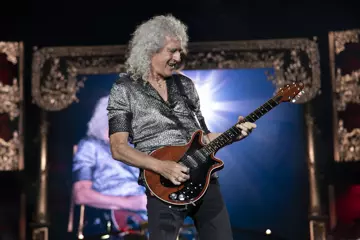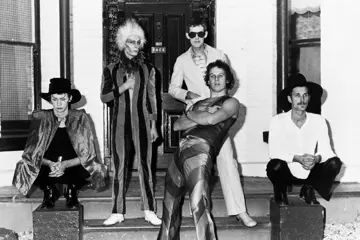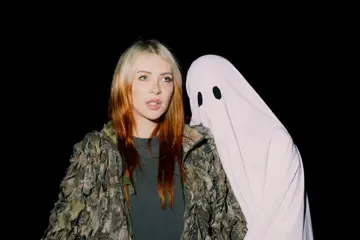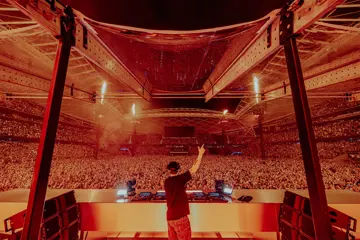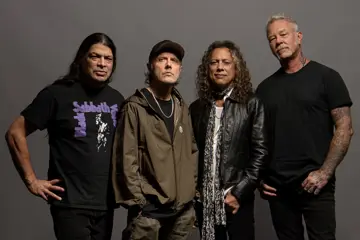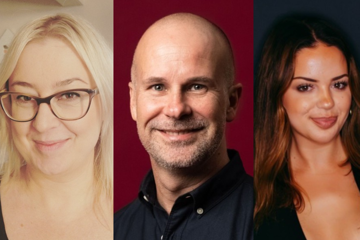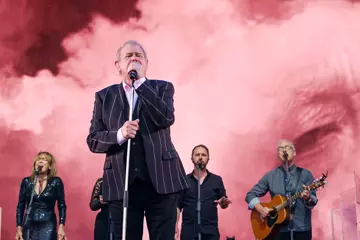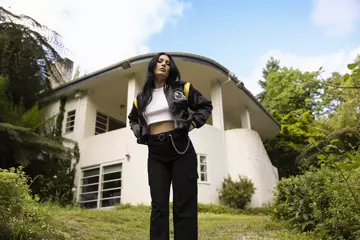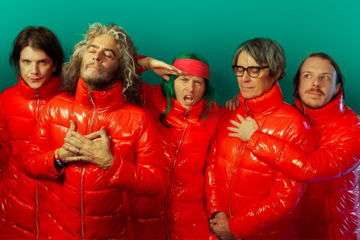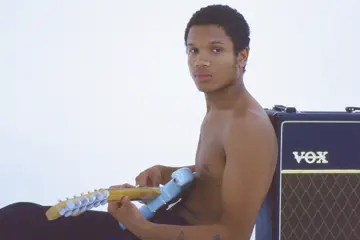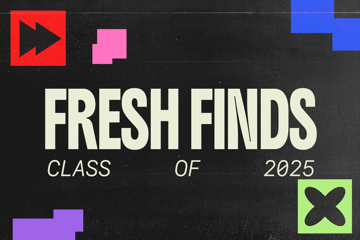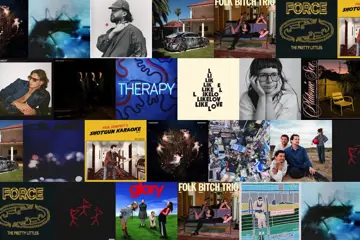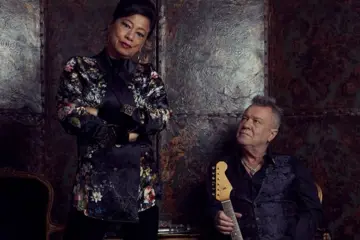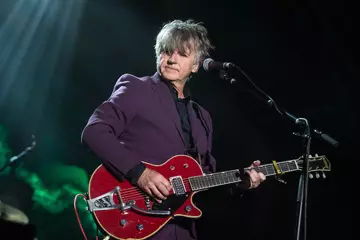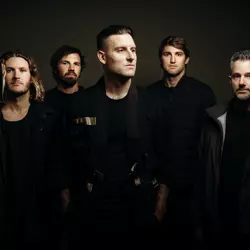 Parkway Drive
Parkway DriveOver the past eight year, since releasing their 2004 debut EP, Don't Close Your Eyes, Byron Bay five-piece Parkway Drive have recorded three albums and each of them with an American producer – their 2005 debut, Killing With A Smile, and their second, 2007's Horizons, by Killswitch Engage guitarist Adam Dutkiewicz, and 2010's Deep Blue, recorded in LA with Joe Barresi, whose credits includes albums for, among others, Kyuss, The Melvins, Tool and Queens Of The Stone Age. It seemed obvious then that when it came to their fourth album, another American producer would be part of the equation, and this time they chose producer Matt Hyde, whose CV includes records for Slayer, Sum 41 and Alkaline Trio.
“Actually we spent a long time researching a producer for this album,” drummer Ben Gordon admits, on the line from Sunset Lodge Studio in LA, where the band have booked four weeks to record the new album, the longest they've ever spent recording one. “Especially me – I got really into it just listening to a whole bunch of different things, talking to different bands and researching for about six months. What we basically wanted was someone exactly in the middle of Joe Barresi and Adam D.
“Adam D is really, really tight, like a drum machine, everything is, like, so perfect, and in a way, it makes it sound pretty lifeless. So that's why we went with Joe, because we wanted to get away from that, and then with Joe, we were happy with Deep Blue, but in a sense it was kind of too far in the other direction. He was so old school that he just wanted us to play whole takes and he didn't edit anything and it was kind of extremely raw and the other end of the spectrum. So what we wanted was basically something exactly in the middle, someone who was not super-new, somebody who'd been around for a while but also has the knowledge to be able to make everything sound tight and massive.
“That's why we went with Matt, and he's perfect – we're absolutely stoked with him. This album's the album we've always wanted to make. We feel that we've found the perfect formula. It captures the energy that we have live but also it sounds tight and it's huge and it's totally natural and real. Like the drums were barely edited and, I don't know, it's just been a really good process.”
Don't miss a beat with our FREE daily newsletter
Featuring five comprehensively customised studios with the option of utilising a 56-channel Sunset Sound Custom Discrete Console, a 48-channel Class-A-Discrete Fred Hill Modified Neve 8088 Console, a 32-channel API-De Mideo-Sunset Sound Custom Console, Pro Tools HDI3 Accel 48x48 or Studer A-800, A-820 or A-827 24-track tape machines, Sunset Sound is obviously a dream of a recording facility that's been “doin' the business” since The Rolling Stones, who as it happens recorded parts of 1971's Exile On Main Street there, first hit their stride back in 1962, right on Sunset Boulevard. “The studio's really good,” Gordon continues. “It's got all of Matt's gear that he's collected over the last twenty years and it's just a real nice environment.”
Having spent several days in preproduction mapping out the tempos to all the songs, the guitarists Luke Kilpatrick and Jeff Ling put “ghost rhythm tracks” down against which Gordon then spent six days recording his drum tracks.
“Matt had some extremely expensive microphones, two of them worth about $US8000 each, overheads, and we had this kit and we had this guy who owns a company called Masters Of Maple over here, a drum guru, two drum techs and a special drum editor, drum tracker guy, so we had a full team and luckily enough for me I was well prepared. I practised extensively before we came to a click track and because the drumming I do is so physical I need to be physically prepared and kind of treat it like an athlete, so I run a lot and I ride an exercise bike, basically getting my muscles conditioned, and that was good because I was able to play ten hours a day for five days straight and I didn't fatigue or anything. So it all paid off.”
Gordon is endorsed by Pearl Drums and plays a Pearl Reference Pure kit and for him, in the studio, “one of the most important things was to sound real. So when I would play a part, you could hear, like, tiny imperfections, a miss hit or whatever, that happen when humans play their instruments, and I'd say just leave it because a lot of the time producers make it so there's no character whatsoever. They might say, 'I heard a tiny bit here…' and I'd say, 'I played it – that's as good as I can play it so just leave that,' sort of thing.
“In terms of the tones, basically I know what I like to hear and I know what sounds good but I'm not good at music terminology – I just wanted the biggest drums we could get with a tight, clicky kick drum, because kick and snare basically fills up the whole sound, and the drums sound huge. I brought in three or four extra cymbals that I used and a few extra effects for certain parts.”
With the drum tracks down, the band then recorded the rhythm guitars, bass, lead guitar and vocals, each separately over the following weeks. The as-yet-untitled album is due for release later this year.

